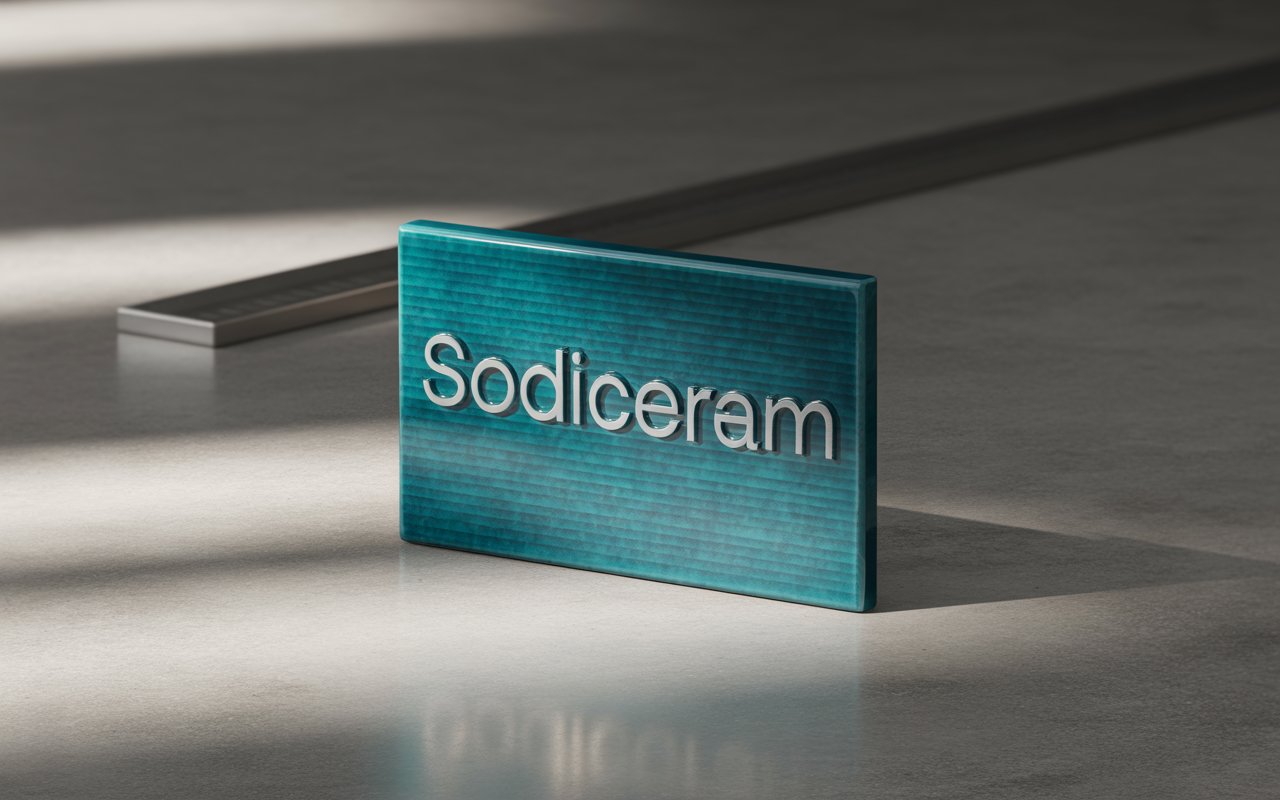Sodiceram is an innovative ceramic material engineered with a distinctive sodium-based formula, blending sodium oxide or silicates with silica, alumina, and advanced sintering techniques. Its name, a fusion of “sodium” and “ceramic,” underscores the technological leap it represents in material science. Emerging from decades of experimentation that aimed to enhance traditional ceramics, sodiceram delivers superior properties—vitrification, durability, and thermal performance—that elevate it well beyond conventional options.
Key Properties That Set Sodiceram Apart
One of sodiceram’s most impressive attributes is its resistance to thermal shock. Rapid temperature shifts are common in industrial and domestic settings, yet sodiceram hardly cracks or chips, thanks to its optimized microstructure. Its chemical inertness and minimal water absorption make it resistant to acids, alkalis, oils, and industrial cleaners—ideal for environments demanding longevity. Further, sodiceram retains structural integrity even under physical stress, though like many advanced ceramics, it still requires care to avoid tensile failure.
Sustainability and Production Advantages of Sodiceram
Beyond performance, sodiceram offers a greener approach. Production involves lower kiln temperatures compared to standard ceramics, reducing fuel consumption and emissions. Manufacturers often incorporate recycled materials and streamline waste management. The net result? A material with a reduced lifecycle footprint that remains durable for decades—making sodiceram both eco-conscious and cost-effective over time.
Architectural and Design Applications of Sodiceram
In modern architecture and interior design, sodiceram shines as a versatile surface. It’s used for flooring, wall cladding, and backsplash elements that mimic natural materials like wood or stone, with finishes ranging from matte and textured to polished. Its light weight offers easier installation compared to heavy porcelain or stone. Designers increasingly choose sodiceram for both visual impact and functional resilience in spaces like kitchens, bathrooms, and commercial lobbies.
Industrial and Manufacturing Uses of Sodiceram
Sodiceram’s strength, chemical resistance, and thermal stability make it a prime choice for industrial settings. It’s utilized in machine liners, bearings, and insulators, particularly in chemical plants where harsh substances are at play. In high-temperature zones such as furnace interiors, sodiceram stands firm without degrading. Its ability to maintain accuracy in high-stress zones also enables use in precision manufacturing components.
High-Tech Potential: Aerospace, Electronics, and Energy
In aerospace, sodiceram’s lightweight nature paired with structural robustness supports its use in thermal shields, engine parts, and turbine components. Within electronics, its insulating properties and dielectric strength make it perfect for circuit board substrates, casings, and heat dissipation units. Additionally, its reliability in harsh environments positions sodiceram as a material of choice in advanced energy systems—from robust battery housings to resilient turbine supports.
Biocompatibility and Medical Device Applications
Sodiceram’s chemical stability and non-reactivity make it suitable for medical environments. Its biocompatibility allows safe use in implants, surgical tools, and sterilized lab components. The capacity to withstand medical sterilization and resist fluid interactions ensures sodiceram remains stable in healthcare settings—a testament to its hygiene and precision capacities.
Electrical and Thermal Insulation with Sodiceram
The material’s insulation capability stems from its non-conductive nature, safeguarding sensitive devices against electrical hazards. It is commonly found in transformer components, high-voltage insulators, and circuit board substrates. Combined with its heat resistance, sodiceram excels at stabilizing temperatures and maintaining performance in demanding electrical systems.
Real-World Sodiceram Success Stories
Sodiceram has already been deployed in impressive projects. It was selected for a public library’s entrance flooring thanks to its visual richness and high foot-traffic resilience. In manufacturing, chemical plant components lined with ceram operated for extended periods without degradation. Architects in tropical regions have used Sodiceram panels for walls that resist heat, UV, and humidity while maintaining vibrant aesthetics.
Challenges and Limitations Facing Sodiceram
Despite its strengths, ceram faces hurdles. Its initial cost is relatively high due to advanced materials and specialized processes, though lifecycle savings often justify the investment. The material remains brittle under certain stress conditions—a consideration in environments with frequent impacts. Finally, supply remains limited to specialized manufacturers, and widespread industry adoption varies across regions.
Emerging Trends and Future Outlook for Sodiceram
The future of sodiceram is bright. 3D printing and laser cutting technologies are enabling intricate shapes and custom designs. Nanocomposite enhancements are underway to improve fracture toughness and further thermal resilience. Researchers are exploring self-cleaning surfaces, embedded sensors for smart installations, and digitally printed finishes. As sustainability becomes a priority, ceram is flooding markets with greener, high-performance solutions.
Comparing Sodiceram to Traditional Ceramics
Compared to conventional ceramics, ceram stands out in performance: its resistance to temperature fluctuations, chemical attack, and conductive threats is unrivaled. Traditional options often rely on less adaptable compositions and higher porosity, leading to wear and staining over time. While the upfront cost of ceram is greater, its longevity, reduced maintenance, and broader utility deliver higher return on investment.
Sodiceram in the Era of Sustainable Design
In an era focused on sustainability, sodiceram’s low-waste production, long lifespan, and recyclability reinforce green design principles. It supports LEED and other certification criteria by reducing resource use and minimizing the need for frequent replacement. The material embodies how science and aesthetics can coalesce into responsible design that doesn’t compromise durability or beauty.
Installation and Care for Lasting Sodiceram Performance
Proper installation is essential for ceram. Substrate preparation must ensure flatness and stability. Adhesives and grouts must align with its thermal expansion. Maintenance is straightforward—regular cleaning with mild detergents protects finishes, while aggressive chemicals should be avoided. Sealing is typically unnecessary due to sodiceram’s low porosity, but professional guidance ensures optimal performance over time.

